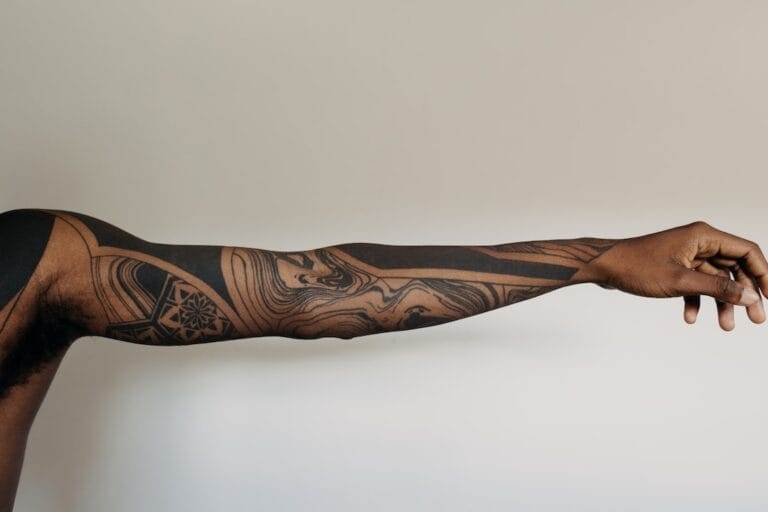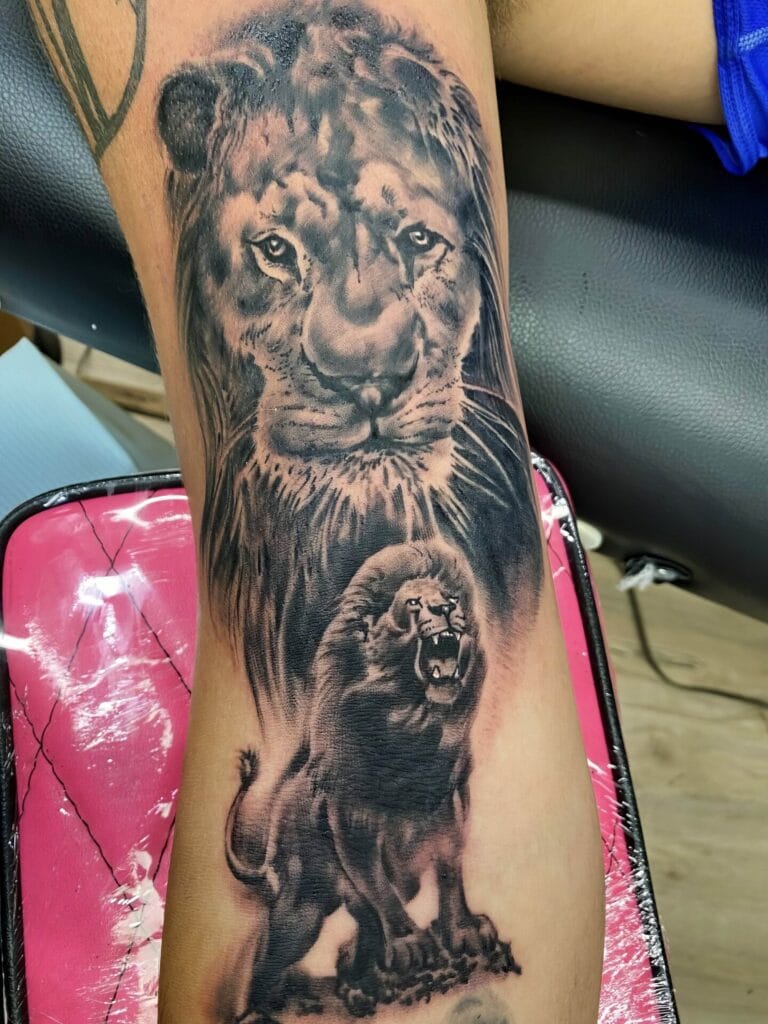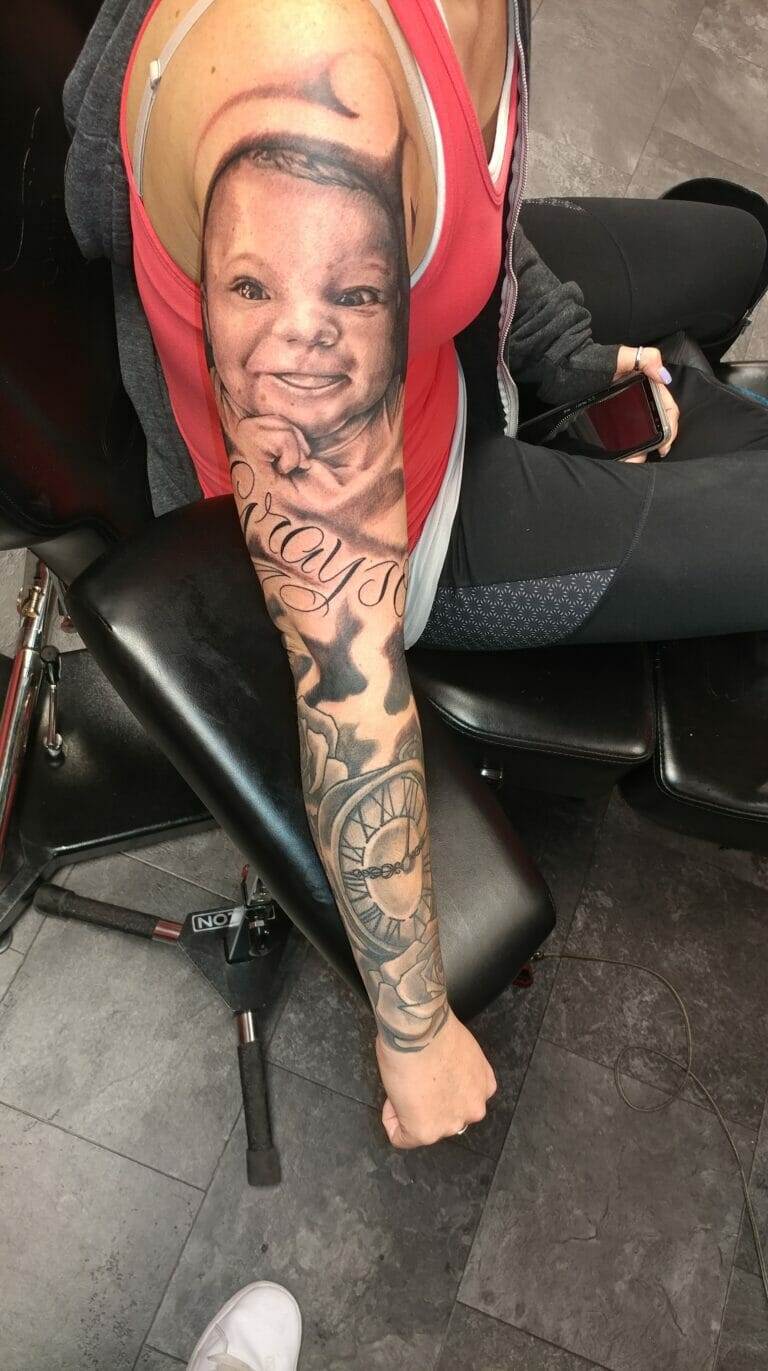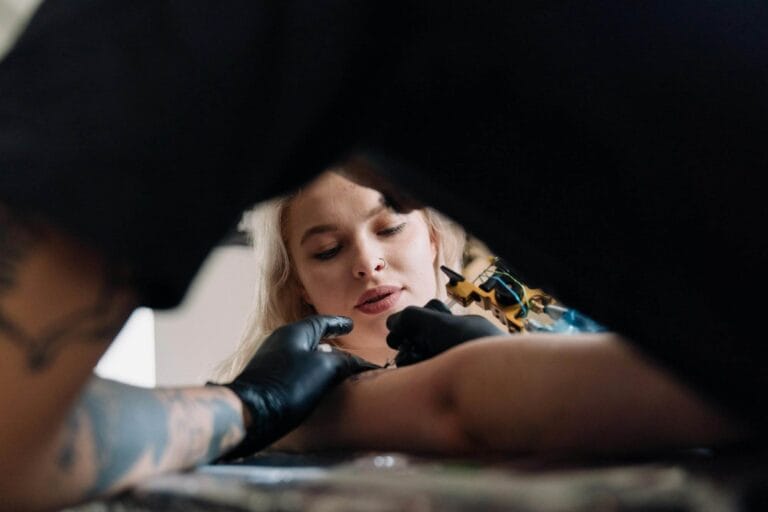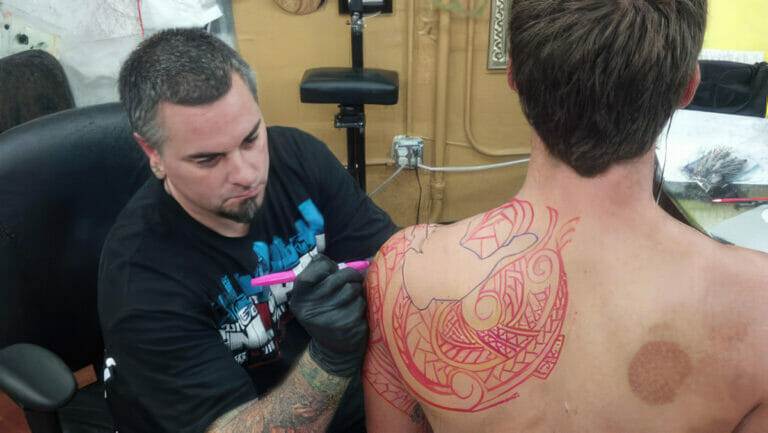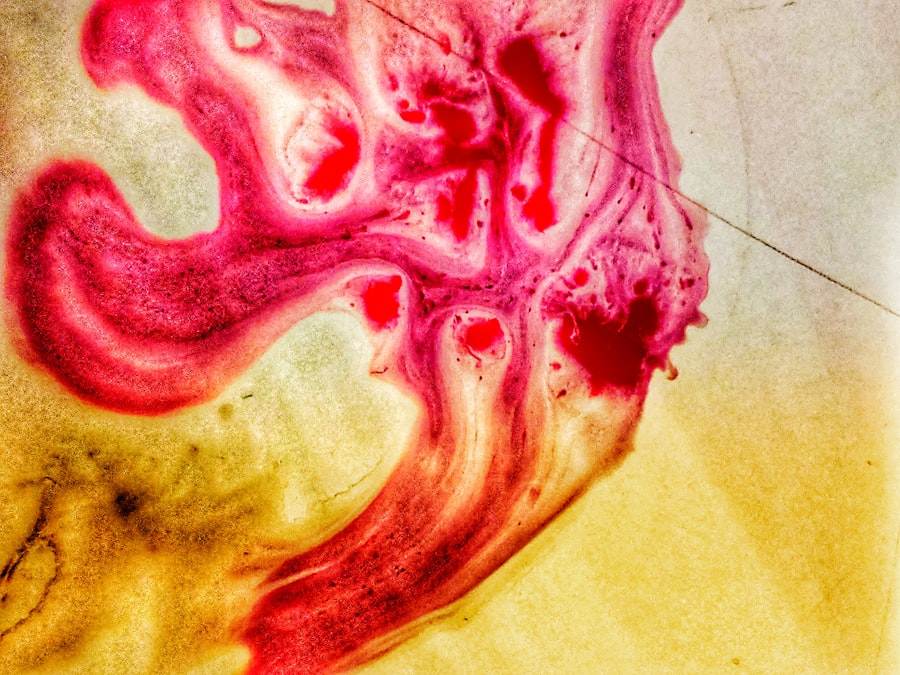
Watercolor tattooing is a contemporary style that mimics the fluidity and vibrancy of watercolor paintings. This technique employs a blend of colors that appear to bleed and blend into one another, creating a soft, ethereal effect. Unlike traditional tattoos, which often rely on bold outlines and solid fills, watercolor tattoos embrace a more abstract approach.
The result is a piece of body art that resembles a canvas splashed with paint, capturing the essence of spontaneity and creativity. The beauty of watercolor tattoos lies in their ability to convey emotion and movement. Artists often use a variety of techniques to achieve the desired effect, including layering colors, using negative space, and incorporating splatters or brush strokes.
This style allows for a high degree of personalization, as each tattoo can be tailored to reflect the individual’s personality or story. As a result, watercolor tattoos have gained immense popularity among those seeking unique and expressive body art.
Key Takeaways
- Watercolor tattooing is a style that mimics the free-flowing and vibrant nature of watercolor paintings, using a similar technique to create unique and artistic designs on the skin.
- The history of watercolor tattoos can be traced back to the early 20th century, but the style gained popularity in the 21st century with advancements in tattooing technology and techniques.
- Pros of watercolor tattoos include their artistic and unique designs, while cons include the potential for fading and blending over time.
- When choosing a watercolor tattoo artist, it’s important to look for someone with experience in the style, a strong portfolio, and a good reputation for aftercare and touch-ups.
- Aftercare for watercolor tattoos involves keeping the area clean and moisturized, avoiding sun exposure, and following any specific instructions from the tattoo artist.
The History of Watercolor Tattoos
The emergence of watercolor tattoos can be traced back to the early 2000s when tattoo artists began experimenting with new techniques and styles. While traditional tattooing has deep roots in various cultures around the world, the watercolor style is relatively modern, drawing inspiration from the art world rather than historical tattoo practices. Artists sought to break away from conventional designs and explore the potential of tattoos as a form of artistic expression.
As the popularity of watercolor tattoos grew, so did the community of artists specializing in this technique. Social media platforms played a significant role in showcasing these vibrant designs, allowing artists to share their work with a global audience. This exposure not only helped to popularize the style but also encouraged innovation within the tattooing community.
Today, watercolor tattoos are recognized as a legitimate art form, with many artists pushing the boundaries of what is possible in body art.
Pros and Cons of Watercolor Tattoos

Like any tattoo style, watercolor tattoos come with their own set of advantages and disadvantages. One of the most significant benefits is their aesthetic appeal. The vibrant colors and fluid designs can create stunning visual effects that stand out on the skin.
Additionally, watercolor tattoos offer a level of creativity that allows for personal expression. Each piece can be customized to reflect an individual’s unique story or emotions, making them highly personal. However, there are also some drawbacks to consider.
One major concern is the longevity of watercolor tattoos. Due to their lack of solid outlines and reliance on color blending, these tattoos may fade more quickly than traditional designs. This can lead to a need for touch-ups or reworkings over time.
Furthermore, the intricate nature of watercolor tattoos requires a skilled artist who understands how to manipulate colors effectively. Finding an experienced tattooist can be challenging, and not all artists may be adept at this particular style.
Choosing a Watercolor Tattoo Artist
Selecting the right artist for a watercolor tattoo is crucial to achieving the desired outcome. It is essential to research potential artists thoroughly, examining their portfolios for examples of watercolor work. Look for artists who have experience specifically in this style, as it requires a different skill set compared to traditional tattooing.
Pay attention to their use of color, blending techniques, and overall composition to ensure they align with your vision. Additionally, consider scheduling consultations with potential artists to discuss your ideas and gauge their understanding of your concept. A good artist will be open to collaboration and willing to provide input on how to best execute your design.
Communication is key in this process; ensure that you feel comfortable expressing your thoughts and preferences. Ultimately, choosing an artist whose style resonates with you will significantly impact the final result of your watercolor tattoo.
Aftercare for Watercolor Tattoos
Proper aftercare is essential for maintaining the vibrancy and integrity of a watercolor tattoo. After getting inked, it is crucial to follow your artist’s specific aftercare instructions, as they may vary based on individual techniques and skin types. Generally, keeping the tattoo clean and moisturized is vital during the healing process.
Gently wash the area with mild soap and water, then pat it dry with a clean towel. Moisturizing is equally important; using a fragrance-free lotion or specialized tattoo aftercare product can help keep the skin hydrated and promote healing. Avoid exposing the tattoo to direct sunlight or soaking it in water for extended periods during the initial healing phase.
Following these guidelines will help preserve the colors and prevent fading, ensuring that your watercolor tattoo remains as vibrant as possible for years to come.
Popular Watercolor Tattoo Designs
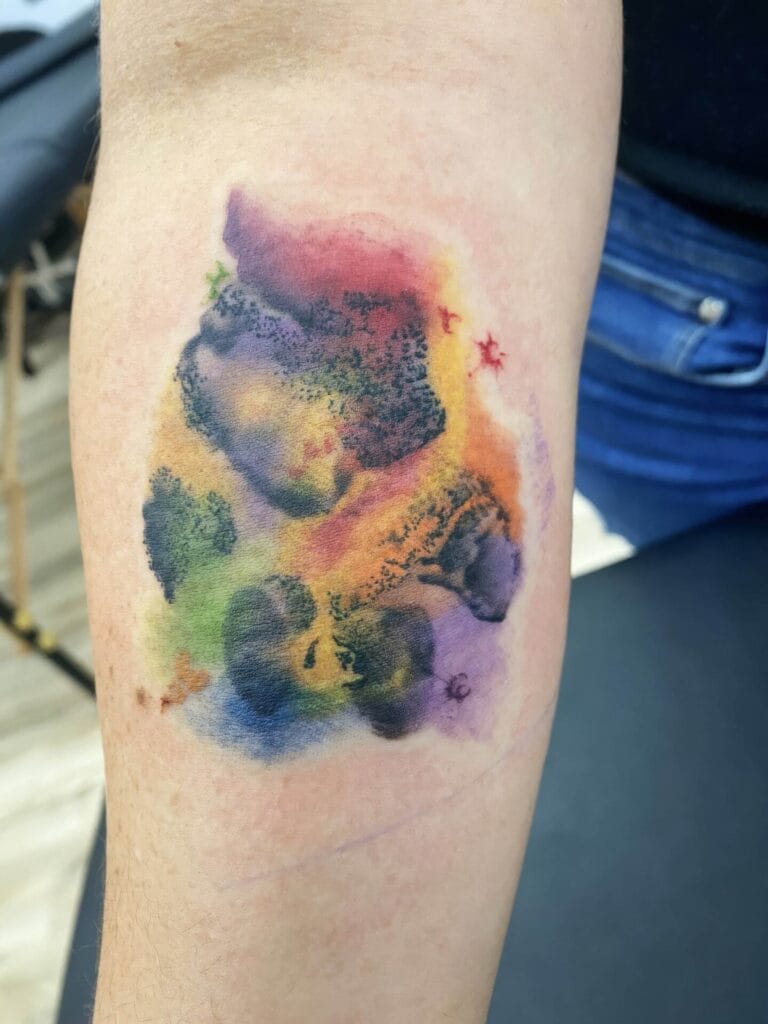
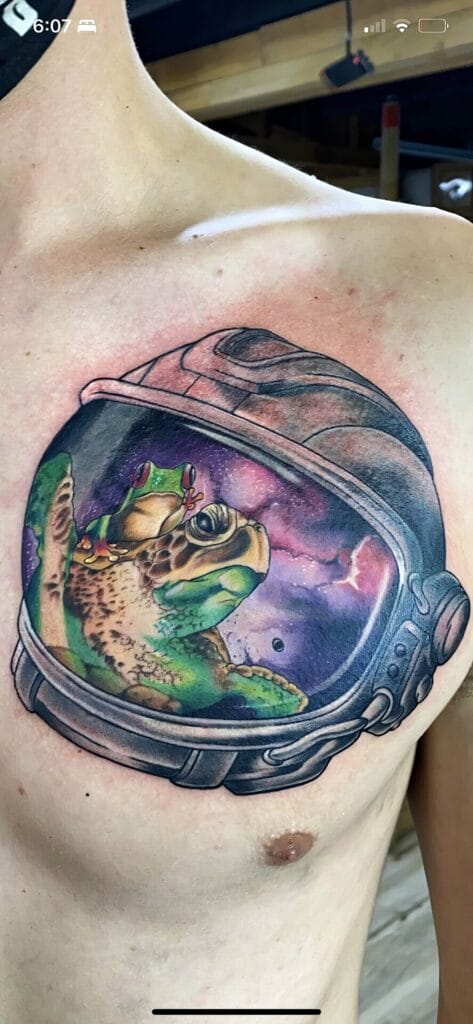
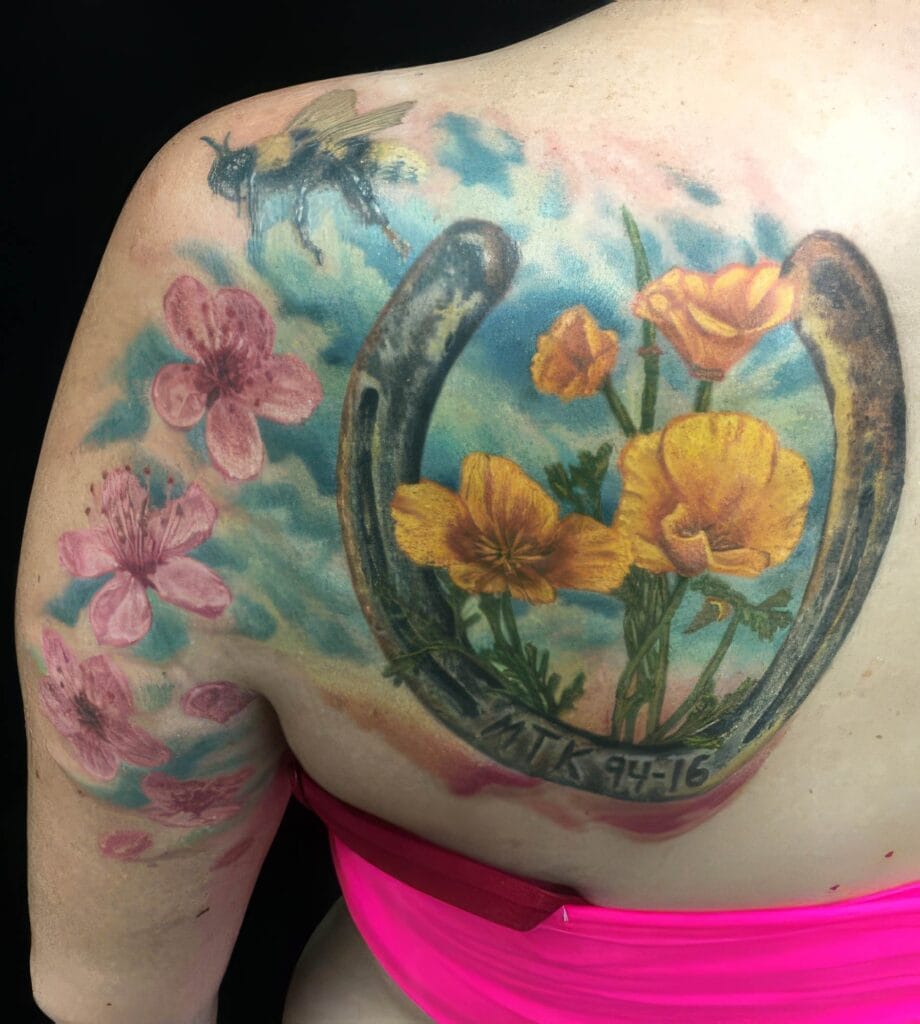
Watercolor tattoos encompass a wide range of designs, making them suitable for various tastes and preferences. Some popular themes include floral motifs, abstract shapes, animals, and celestial elements like stars and galaxies. Floral designs are particularly favored due to their natural beauty and versatility; artists can create stunning arrangements that appear to bloom on the skin.
Abstract designs also lend themselves well to the watercolor style, allowing for creative freedom in color placement and blending techniques. Many individuals opt for personalized symbols or quotes rendered in watercolor style, adding an extra layer of meaning to their tattoos. The beauty of this style lies in its adaptability; virtually any design can be transformed into a watercolor masterpiece with the right artistic approach.
Watercolor Tattoo Cost and Pain Level
The cost of a watercolor tattoo can vary significantly based on several factors, including size, complexity, and the artist’s experience level. Generally speaking, larger pieces that require more intricate detailing will command higher prices. Additionally, artists who specialize in watercolor techniques may charge more due to their expertise and demand within the industry.
In terms of pain level, getting a watercolor tattoo can be similar to other styles; however, individual experiences may vary based on personal pain tolerance and the location of the tattoo on the body. Areas with more flesh or muscle tend to be less painful than those over bone or sensitive skin. It’s essential to communicate with your artist about any concerns you may have regarding pain management during the process.
Tips for Maintaining Watercolor Tattoos
To ensure your watercolor tattoo remains vibrant and beautiful over time, there are several maintenance tips to keep in mind. First and foremost, protecting your tattoo from sun exposure is crucial; UV rays can cause colors to fade more quickly than they would otherwise. Applying sunscreen with a high SPF whenever you’re outdoors will help shield your tattoo from harmful rays.
Additionally, keeping your skin moisturized will aid in maintaining the integrity of your tattoo. Hydrated skin retains color better than dry skin, so incorporating a good skincare routine can make a significant difference in how your tattoo ages. Regular touch-ups may also be necessary as time goes on; consult with your artist about when it might be appropriate to refresh your ink.
By following these tips, you can enjoy your watercolor tattoo’s beauty for many years ahead.
FAQs
What is a watercolor tattoo?
A watercolor tattoo is a modern style of tattooing that mimics the look of watercolor paintings. It typically features soft edges, pastel colors, and a lack of black outlines.
How is a watercolor tattoo different from a traditional tattoo?
Unlike traditional tattoos, watercolor tattoos do not have bold black outlines and instead rely on blending and shading techniques to create a more fluid and painterly appearance.
Are watercolor tattoos more prone to fading than traditional tattoos?
Yes, watercolor tattoos are generally more prone to fading than traditional tattoos due to the lack of black outlines and the use of lighter colors. It is important to protect watercolor tattoos from sun exposure and to follow proper aftercare to help maintain their vibrancy.
Can anyone get a watercolor tattoo?
While watercolor tattoos can be a great choice for many people, they may not be suitable for everyone. It is best to consult with a professional tattoo artist to determine if a watercolor tattoo is the right option for you based on your skin type, design preferences, and placement.
How should I care for a watercolor tattoo after getting it done?
After getting a watercolor tattoo, it is important to follow the aftercare instructions provided by your tattoo artist. This typically includes keeping the tattoo clean and moisturized, avoiding sun exposure, and refraining from picking at any scabs that may form during the healing process.

